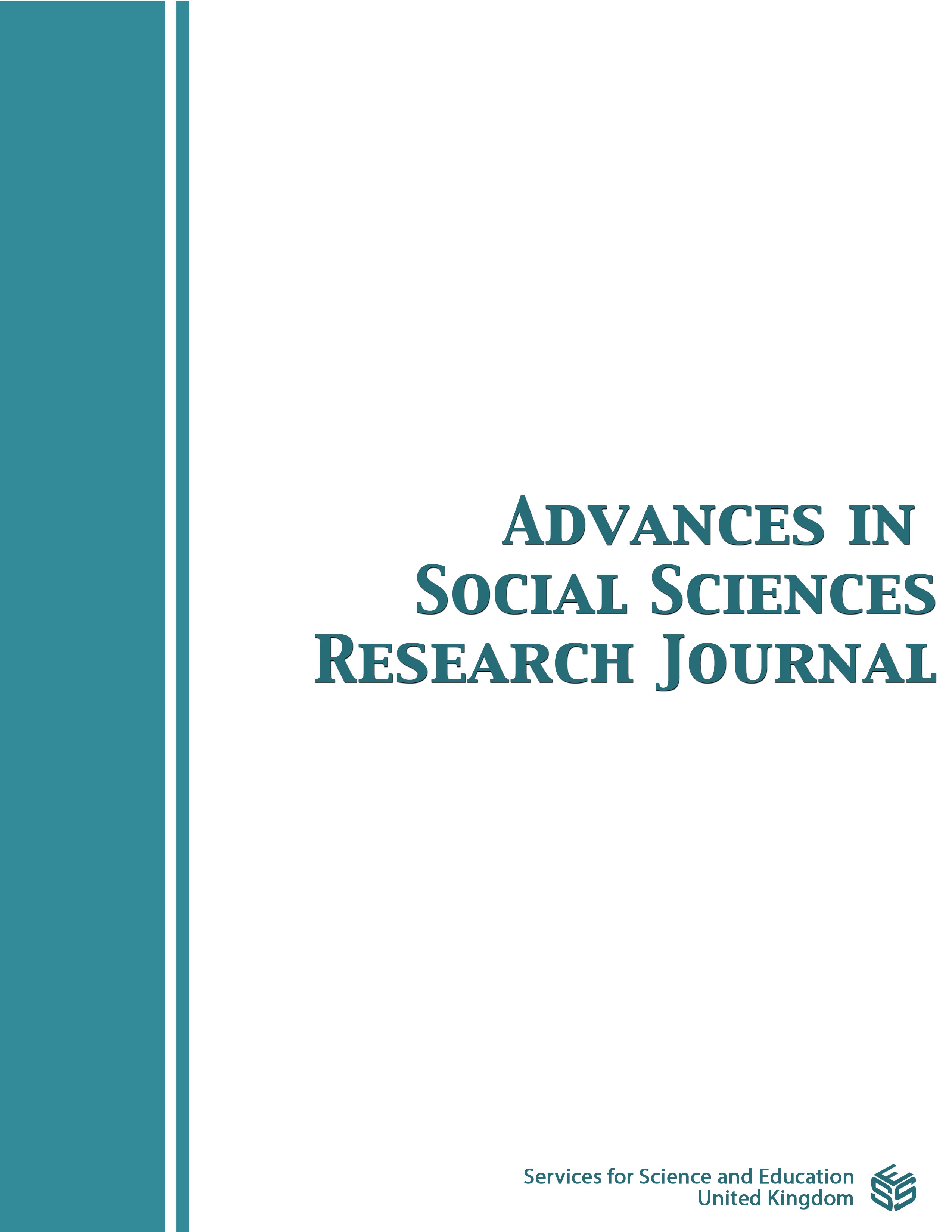Economic Sustainability is the Road to Follow Towards the Future that is Changing
DOI:
https://doi.org/10.14738/assrj.113.16677Keywords:
Deflation, Coordination of continents, natural Development, Economic anomalies, international Organizations, full neutralityAbstract
It is certainly singular that a large part of Western and Eastern society has experienced in the last two years a sudden rise in inflation and there has been great concern about the development and control of the rise in prices. A sudden but not unexpected increase in fossil fuels, in the face of a delay in renewable energy. Apart from the incidence of delays that favored the phenomenon, it must be said that there is a relationship between humanity's strategic objective for full neutrality with the environment and the quality of the development of economies - that is, we will be able to achieve the strategic objective of neutrality if the development of the global economy is also sustainable and supported. Well, the global picture does not seem to correspond to this evidence. Because many countries in Africa, Latin America and others have been grappling with high inflation for a long time. Furthermore, after the ruffle of inflation driven by international costs, we can see that half the globe is grappling with long-term deflation, certainly not affected by the short-term inflation caused by the costs of fossil fuels. Starting from China, which has been sending waves of deflation for some time, and from Europe itself, which welcomes them through the drop in prices of exported products and at the same time the drop in export prices in Europe for reasons of competitiveness. We ask ourselves how it is possible that international cost inflation is compatible with long-term deflation in Europe. Well, international cost inflation increases but tends to decrease when a new price equilibrium is reached. Unlike classical long-term inflation and deflation, which arise due to problems in the unbalanced economy that last over time and are subject to constant acceleration that depends on the state of the economy at the time of its occurrence. It is not easy to bend the sprint of prices, except with the recessive strategy that rebalances the economy and cuts the monetary anomaly at the root. The co-presence of inflation and deflation is not surprising. But only when the growth of inflation depends on the increase in international prices and therefore almost seems to add algebraically to the coexisting classical monetary anomalies (deflation and inflation). Beyond this hypothesis, inflation and deflation cannot coexist. Beyond this hypothesis, inflation and deflation cannot coexist.
Downloads
Published
How to Cite
Issue
Section
License
Copyright (c) 2024 Giovanni Antonio Cossiga

This work is licensed under a Creative Commons Attribution 4.0 International License.
Authors wishing to include figures, tables, or text passages that have already been published elsewhere are required to obtain permission from the copyright owner(s) for both the print and online format and to include evidence that such permission has been granted when submitting their papers. Any material received without such evidence will be assumed to originate from the authors.






